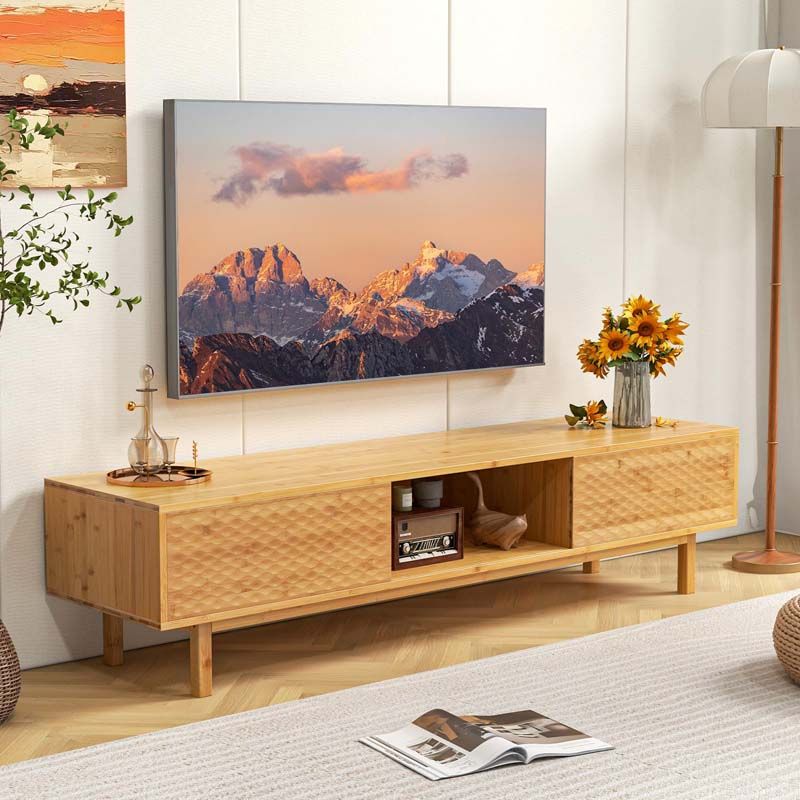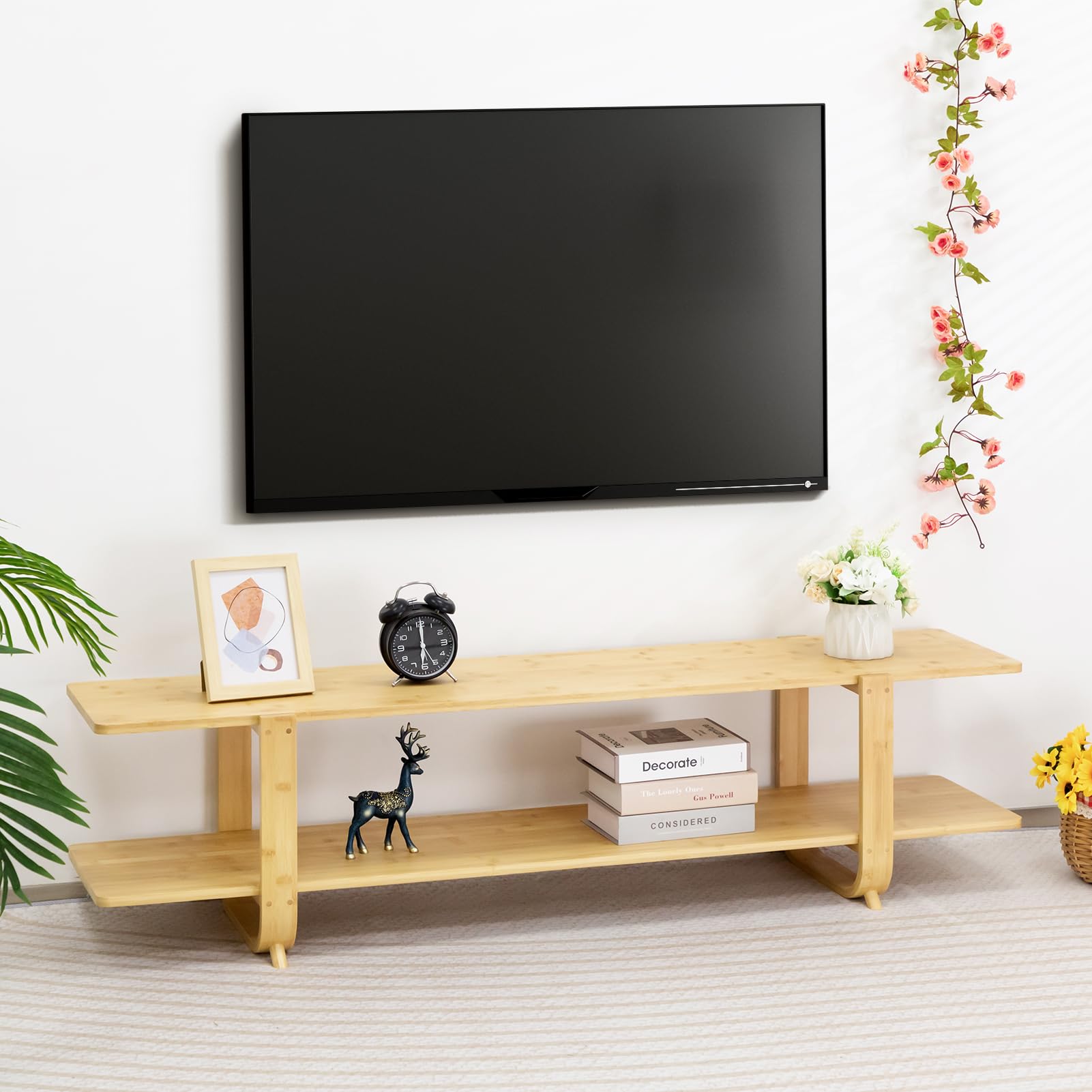In recent years, bamboo has emerged as a symbol of sustainability and elegance in the world of furniture. Once confined to traditional crafts and construction in Asia, bamboo is now a globally recognized material for eco-friendly furniture, offering both aesthetic appeal and environmental benefits. This article traces the journey of bamboo from its natural habitat to becoming a stylish addition to modern living spaces.
The Origin: Bamboo Groves
Bamboo is one of the fastest-growing plants on Earth, thriving in diverse climates across Asia, Africa, and the Americas. Its rapid growth, coupled with its strength and flexibility, makes it an ideal material for sustainable furniture. In its natural state, bamboo contributes to soil stabilization and carbon sequestration, making it an environmentally beneficial resource long before it is harvested.
Harvesting and Processing
The journey of bamboo furniture begins with the careful selection and harvesting of mature bamboo culms. These culms are typically cut at ground level, allowing the plant to regenerate quickly. Once harvested, the bamboo is treated to prevent insect infestation and to enhance its durability. This treatment process includes boiling, smoking, or soaking the bamboo in natural preservatives.
After treatment, the bamboo is dried and seasoned to reduce moisture content. This step is crucial to prevent warping or cracking during the manufacturing process. The dried bamboo is then cut, split, and shaped into various forms, depending on the design of the furniture. Advanced processing techniques, such as lamination and carbonization, are often used to enhance the bamboo’s strength and aesthetic qualities.
Crafting Bamboo Furniture
Crafting bamboo into furniture requires a blend of traditional craftsmanship and modern technology. Artisans skillfully bend, shape, and join bamboo pieces to create everything from chairs and tables to beds and storage units. The natural texture and color of bamboo add a unique charm to each piece, while modern finishes can be applied to match contemporary interior design trends.
The versatility of bamboo allows for a wide range of furniture designs, from minimalist and sleek to rustic and traditional. Bamboo’s natural resistance to moisture and pests further enhances its appeal as a durable and long-lasting material.
The Eco-Friendly Choice
As consumers become increasingly aware of the environmental impact of their purchases, bamboo furniture has gained popularity as a sustainable alternative to traditional wood furniture. Bamboo’s renewability, coupled with its minimal carbon footprint, makes it an ideal choice for eco-conscious homeowners. Additionally, the lightweight nature of bamboo furniture makes it easy to move and arrange, adding to its practicality.
Bamboo in the Modern Living Room
From its humble beginnings in dense bamboo groves to its refined presence in modern living rooms, bamboo furniture represents a harmonious blend of nature and design. As the world continues to embrace sustainable living, bamboo furniture is set to remain a popular choice, offering both style and substance for environmentally aware consumers.
Post time: Aug-12-2024







